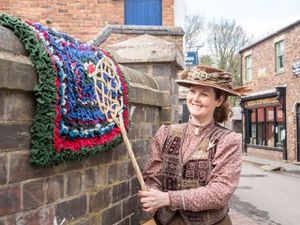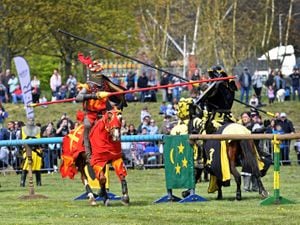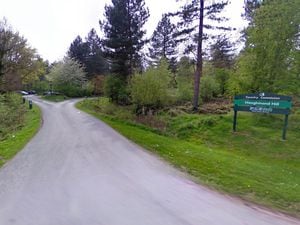Baby Patagonian maras born in front of visitors at Telford zoo
Visitors to Telford's Exotic Zoo got a nice surprise when a pair of baby Patagonian maras came into the world before their very eyes.
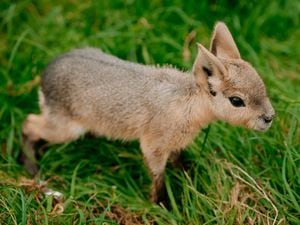
Staff at the popular attraction in Priorslee had no idea their mother was pregnant but have warmly welcomed the new arrivals.
The zoo has a pair of adult Patagonian maras, which are large, unusual looking species of rodent, with long hare-like ears and a body resembling that of a small deer.
Their babies have already been proving popular with visitors and will remain at the attraction in the long-term.
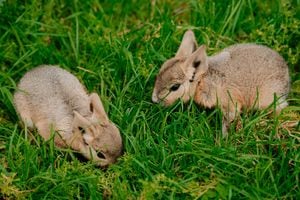
Scott Adams, the zoo’s owner, said: "They were born in their field in the middle of the day. Everyone saw it happen.
"We didn't know she was pregnant, she didn't show very much, so it was a surprise for us.
"They went into hiding after they had been born but they have been out since.
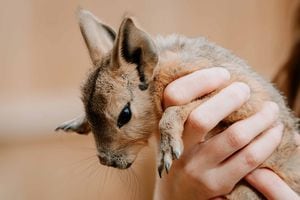
"Everyone has been gathering around to watch them.
"With Patagonian maras, they are born fully formed so they are miniature versions of their mum. They are really, really cute."
It is still too early to tell the sex of the babies but Scott says they will be watched closely over the coming weeks, and staff will pick out their names.
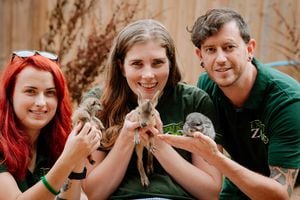
Scott added: "We've had a really successful summer, even though it's been a mixed bag with the weather.
"This time of year we always have lots of baby animals born. It's really exciting.
"Not only do we have the Patagonian maras, we've also had baby skunks, meerkats and chinchillas over the summer."
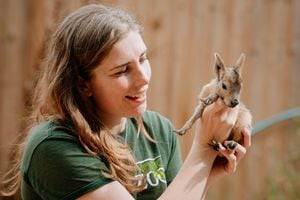
The Mara has long powerful hind legs, which give it the ability to rapidly escape from predators.
Maras are able to reach speeds of 45km per hour.
The front legs are shorter, with four sharp claws that help the species to dig burrows.
They forage on grass and shrubs and may spend long periods basking in the sun during the day.


